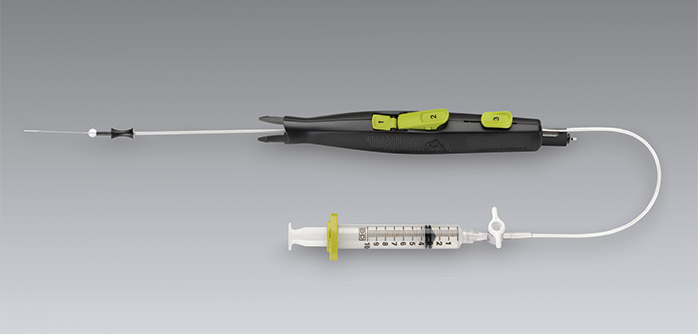Continuing Education Activity
Angiography is currently one of the most common procedures performed across many specialties including diagnostic and interventional cardiology, vascular surgery and interventional radiology. Traditionally, hemostasis at the access site has been achieved via manual compression, the gold standard. However, a wide array of vascular access closure devices have been created to assist the proceduralist in achieving hemostasis. These devices can be useful for patients with large body habitus, patients on anticoagulation and antiplatelet therapy, or when extended bed rest is undesirable such as in the case of a patient with extensive pressure ulcers. This activity reviews the indications and contraindications for vascular closure devices, the techniques involved in their use, and the role of the interprofessional team in the management of patients undergoing angiography.
Objectives:
- Identify the techniques involved in placing vascular access closure devices.
- Describe the indications for the use of vascular access closure devices.
- Outline the complications associated with vascular access closure devices.
- Explain interprofessional team strategies for improving communication and care coordination for patients undergoing angiography followed by placement of vascular access closure devices.

